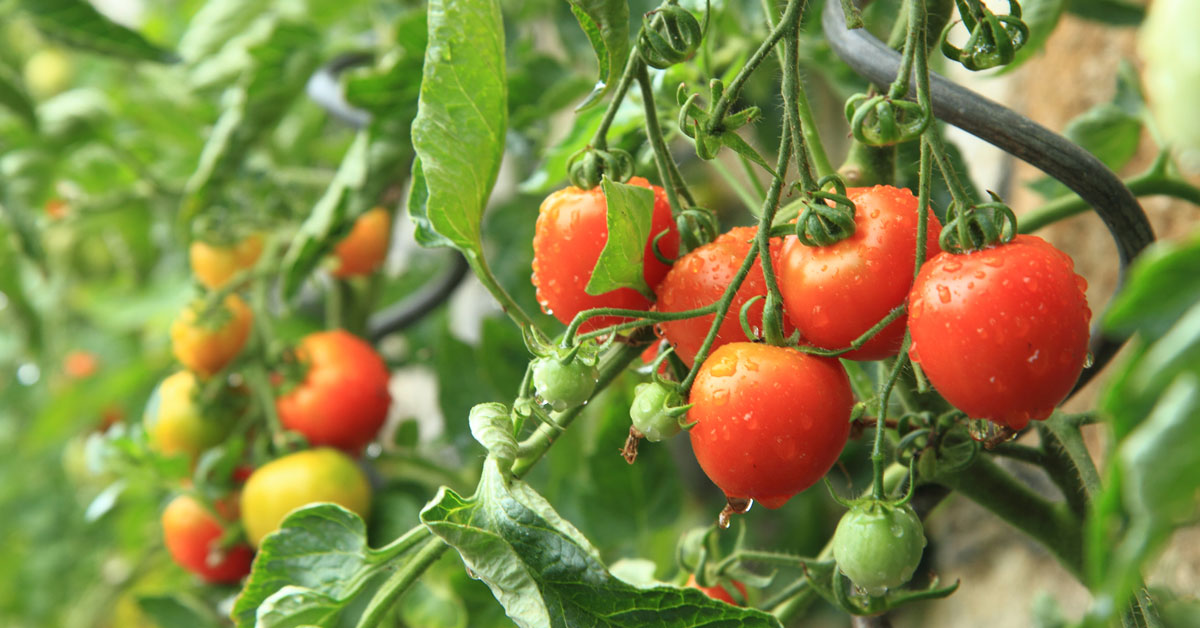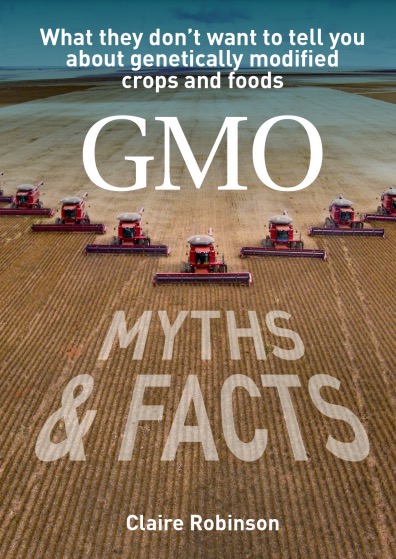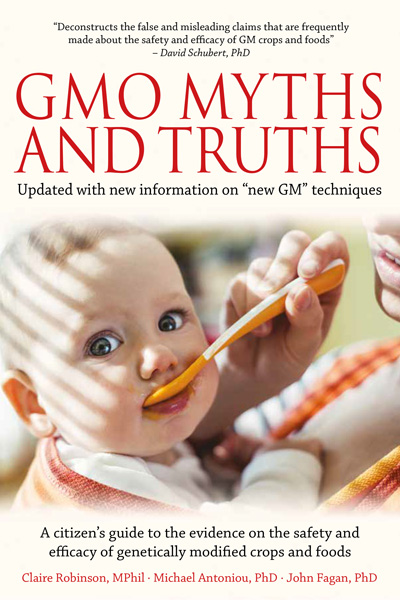
Marker assisted selection speeds up the breeding process
Conventional breeding has produced tomatoes resistant to a virus that is affecting tomato crops around the world, according to the developer, Syngenta Vegetable Seeds.
Syngenta is better known to GMWatch readers as an agrochemicals and GMO giant. But the company clearly recognises the truth of what GMWatch and our scientific advisors have always said – conventional breeding far outstrips GM when it comes to producing desirable genetically complex traits, and it always will. That's because conventional breeding involves whole gene families that work together in networks, whereas in GM (including gene editing), only one or a few genes can be manipulated.
Just about every sustainable trait that farmers desire is genetically complex, including disease resistance, high yield, and adaptation to extreme soil and climate conditions.
The tomatoes are resistant to the Tomato Brown Rugose Fruit Virus (ToBRFV). It first emerged in Israel in 2014 and has spread to fields and greenhouses across the Middle East, Europe, Mexico, North America and other parts of the world. It damages the quality and yield of tomato crops and has forced the temporary shutdown of some major greenhouse operations.
Syngenta’s new Barosor tomato, which will be available this summer in time for fall planting, joins the company’s ToBRFV-resistant beefsteak variety called Lansor, which was introduced in December.
How the tomato was developed
According to Syngenta, its researchers used molecular markers — samples that reveal the characteristics of a genetic source — to identify resistance traits within the company’s library of germplasm. They also investigated the resistance of wild tomatoes. The researchers are now using the molecular markers to develop a broad line of ToBRFV-resistant hybrids.
This process is known as marker assisted breeding or marker assisted selection. It’s a sophisticated technology that greatly accelerates classical plant breeding though a genetic mapping process, and which doesn’t involve any of the risks and uncertainties of genetic engineering.
In the past, it might have taken up to 10 years to research and develop a virus-resistant variety. However, Syngenta researchers were able to condense the process to less than three years, because they identified sources of resistance to the virus within the company’s existing seed lines. This kind of fast-track deployment “never happened in the past", said Ruud Kaagman, Syngenta’s global crop unit head for tomatoes.
Data analysis played a vital role in the discovery process. The Syngenta researchers analyzed data drawn from the company’s germplasm to identify the genetic regions involved in the resistance. That led to the development of a set of molecular markers that permits the efficient deployment and use of the resistance genes.
The Syngenta researchers say they have identified three sources of resistance, and they are now using those genes to develop new tomato hybrids and introduce the resistance traits into existing commercial varieties by a cross-breeding process called introgression. The whole process is not GM, but a data-science driven acceleration of conventional crossbreeding techniques.
Patents
The problem with many such conventional breeding successes is that increasingly often they are patented, even though they do not involve GM. This locks up valuable germplasm within the control of the patent owners. It means other breeders cannot access the germplasm for breeding new varieties.
We are nevertheless highlighting this development to show that the future of food production lies in conventional breeding, not GM.










